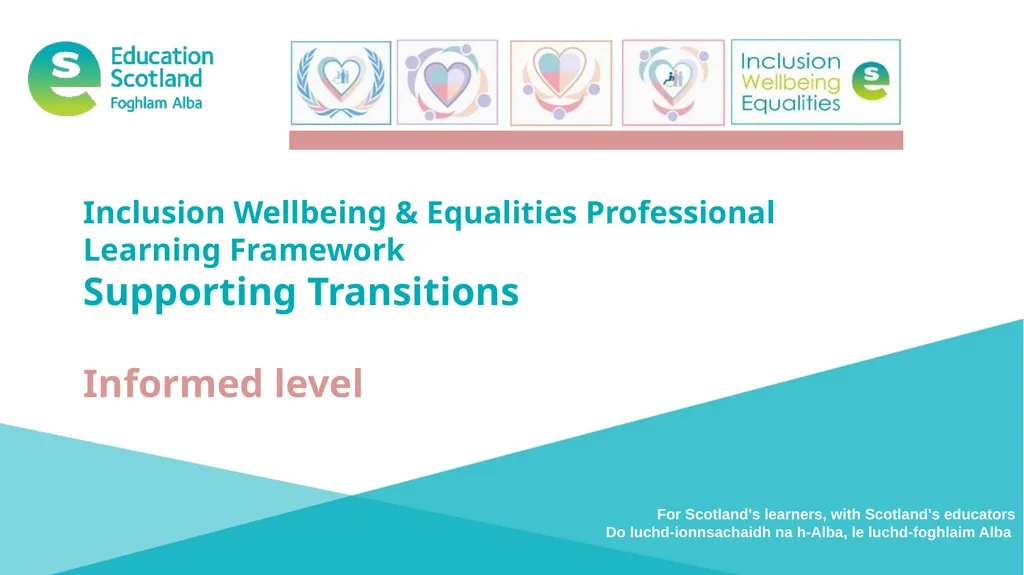
Inclusion Wellbeing & Equalities Professional
Author: kittie-lecroy | Published: 2025-05-12
Description: Inclusion Wellbeing Equalities Professional Learning Framework Supporting Transitions Informed level For Scotlands learners, with Scotlands educators Do luchd-ionnsachaidh na h-Alba, le luchd-foghlaim Alba Interconnectivity How to use
Download Presentation
Download the PPT/PDF: Download
Transcript:
Loading transcript…